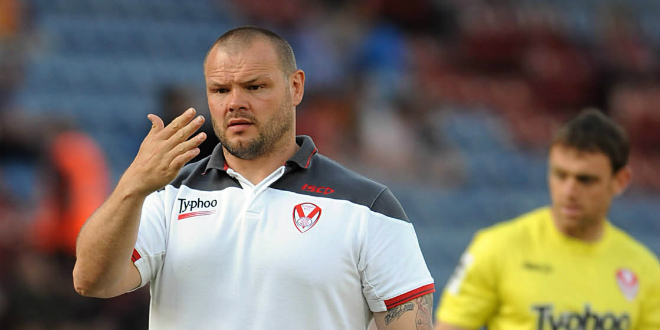 A season-ending injury to Tommy Makinson has refuelled the argument surrounding the safety on Widnes Vikings’ i-Pitch, with Saints coach Keiron Cunningham wanting the RFL to assess the effect it is having on players.
The winger's year was cut short after he ruptured his anterior cruciate ligament during Saints' victory at the home of the Vikin
A season-ending injury to Tommy Makinson has refuelled the argument surrounding the safety on Widnes Vikings’ i-Pitch, with Saints coach Keiron Cunningham wanting the RFL to assess the effect it is having on players.
The winger's year was cut short after he ruptured his anterior cruciate ligament during Saints' victory at the home of the Vikin Cunningham questions i-Pitch role in Makinson injury
 A season-ending injury to Tommy Makinson has refuelled the argument surrounding the safety on Widnes Vikings’ i-Pitch, with Saints coach Keiron Cunningham wanting the RFL to assess the effect it is having on players.
The winger's year was cut short after he ruptured his anterior cruciate ligament during Saints' victory at the home of the Vikin
A season-ending injury to Tommy Makinson has refuelled the argument surrounding the safety on Widnes Vikings’ i-Pitch, with Saints coach Keiron Cunningham wanting the RFL to assess the effect it is having on players.
The winger's year was cut short after he ruptured his anterior cruciate ligament during Saints' victory at the home of the Vikin 